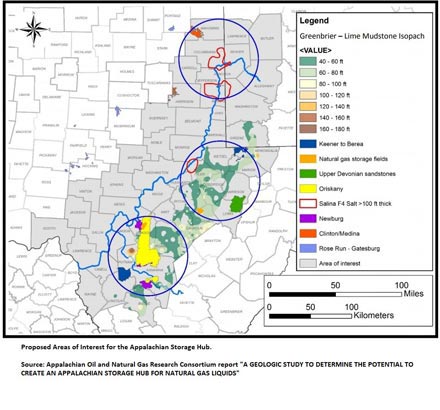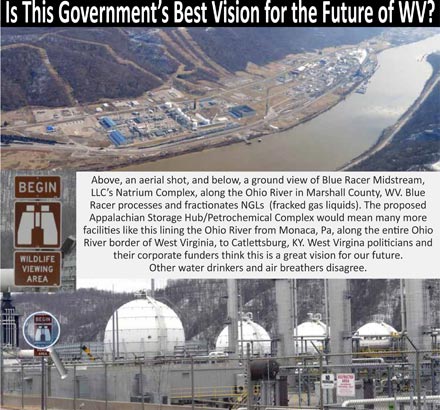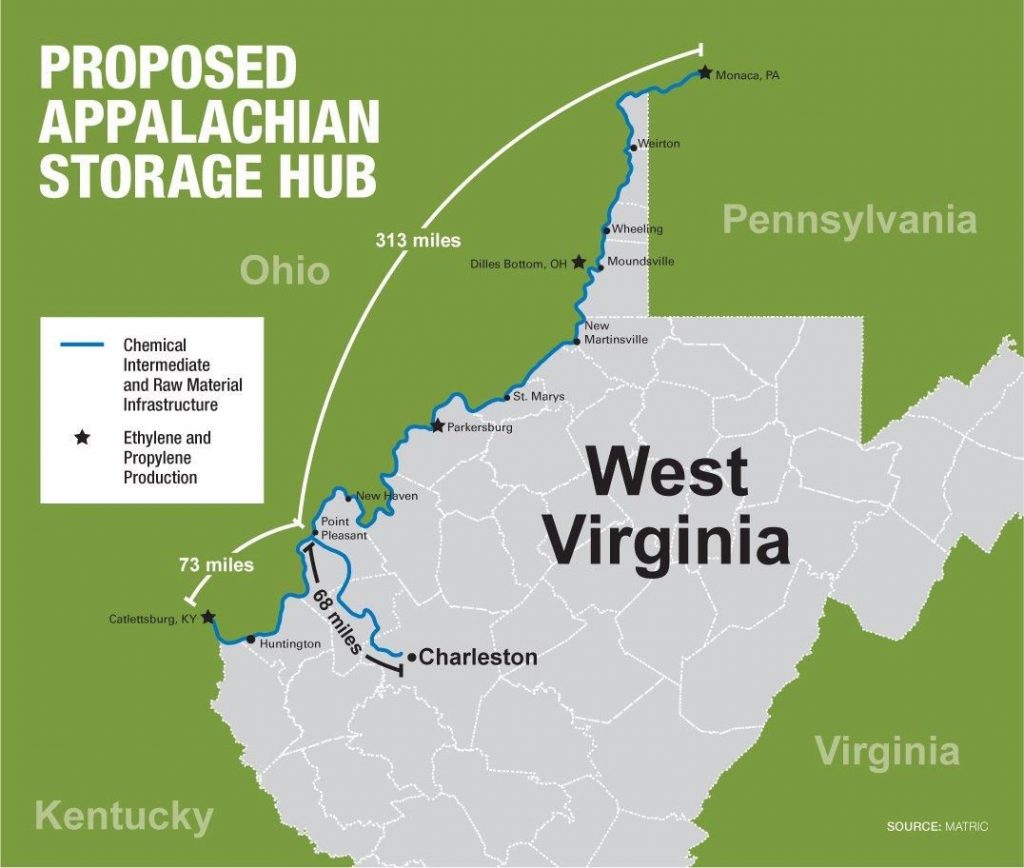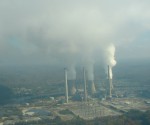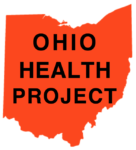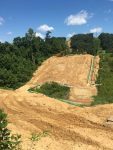- Like
- Digg
- Del
- Tumblr
- VKontakte
- Buffer
- Love This
- Odnoklassniki
- Meneame
- Blogger
- Amazon
- Yahoo Mail
- Gmail
- AOL
- Newsvine
- HackerNews
- Evernote
- MySpace
- Mail.ru
- Viadeo
- Line
- Comments
- Yummly
- SMS
- Viber
- Telegram
- Subscribe
- Skype
- Facebook Messenger
- Kakao
- LiveJournal
- Yammer
- Edgar
- Fintel
- Mix
- Instapaper
- Copy Link
Learn More
Climate Reality Project: Ethane Cracker Plants: What Are They?
Food & Water Watch: Another Petrochemical Sacrifice Zone
Fact Sheet: Who Really Stands to Profit from the Appalachian Storage Hub/Petrochemical Complex?
Fact Sheet: How Can Petrochem Facilities Depreciate Property Value?
Fact-Sheet: Proposed Appalachian Storage Hub
It’s Not a Done Deal: Say “No!” to Appalachian Storage Hub – Part 1
Petrochemical Complex Not Good for WV
Appalachian Storage Hub: A Petrochem Horror
A Petrochemical Mountain State? Let’s Do Better!
Gas Storage Hub a Field of Nightmares
Planned Appalachian Petrochemical Storage Hub Threatens to Create a New ‘Cancer Alley’
A Field Guide to the Petrochemical and Plastics Industry
Safety of Salt Caverns Used
for Underground Storage
Learning from Louisiana
Underground Gas Storage Disaster for Bayou Community
Concerned Citizens in Cancer Alley Vow to Ramp up Battle Against Industrial Pollution in 2018
Louisiana Environmental Action Network
Plastics, Pollution
Plastic & Health: The Hidden Costs of a Plastic Planet
Researchers Find Pollution Is the Biggest Global Threat to Human Health
How Fracking Supports the Plastic Industry
The Trans-Atlantic Plastics Pipeline: How Pennsylvania’s Fracking Boom Crosses the Atlantic
We Are Drowning In Plastic, and Fracking Companies Are Profiting
Chemical Billionaire’s Bid for Fossil Fuel Empire: Ineos Corporate Profile
#PetroFreeWV #NoASH #NoCancerAlley
The Appalachian Storage Hub (ASH), also known as the Appalachian Storage and Trading Hub, is a proposed mega-infrastructure project which could greatly expand unconventional oil and gas drilling (fracking) in our state and region. If built, this petrochemical complex would include five or more cracker plants, and regulating stations. Various natural gas liquids would be stored in underground storage facilities and transported via up to six major possible pipelines. The petrochemical complex would roughly follow the course of the Upper and Lower Ohio River Valleys. Currently, it is uncertain whether most of the infrastructure would be located on the Ohio side or the West Virginia side of the river. It would cost billions of dollars to construct.
Area of Interest
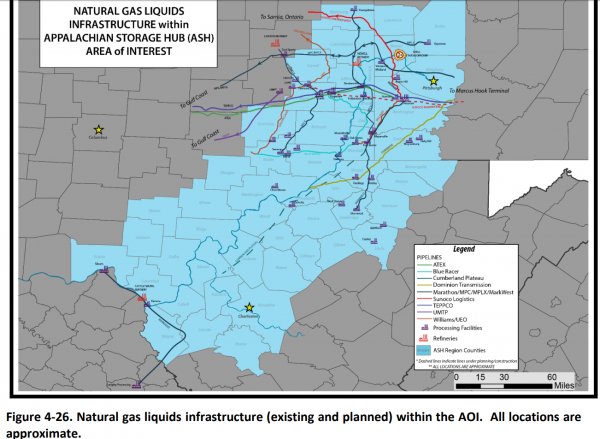 Source of graphic: WVU-led study
Source of graphic: WVU-led study
Concerns:
- Air and water pollution at cracker plants, and other parts of the infrastructure.
- Massive water extraction and pollution at cracker/processing plants.
- Natural gas liquids are highly volatile, more so than dry gas (methane).
- Climate change!
- Uncertainty about regulations for natural gas liquid pipelines.
- Increased gas fracking in our state and region, exacerbating climate change; we should be expanding renewable energy and alternatives to polluting plastic instead.
- Tax payer dollars are already being tapped for a study of this proposed project.
- Leaks from underground storage caverns could lead to sinkholes, water contamination or explosions.
- This project would lead to increased petrochemical industrialization of Ohio River Valley. The experience of people in Cancer Alley of the Gulf Coast region informs us that the grave health risks outweigh the economic benefits.
- Risk of contamination of water intakes for the three to five million people who depend upon the Ohio River as their sole source of tap water.
- Many communities in the Ohio River Valley region are already economically challenged; many people in these communities can’t afford to move or have poisoned water and increased health problems from air or water contamination.
- The Ohio River is already known as the most polluted inland waterway in the country.
Size and Area of Impact: Initial industry reports have described this project as extending along the Ohio River from Beaver, PA to Huntington, WV/Catlettsburg, KY, with a spur extending from Pt. Pleasant, WV into Kanawha County, WV.
Would We Want a Cancer Alley here? Learn about Cancer Alley in Louisiana
